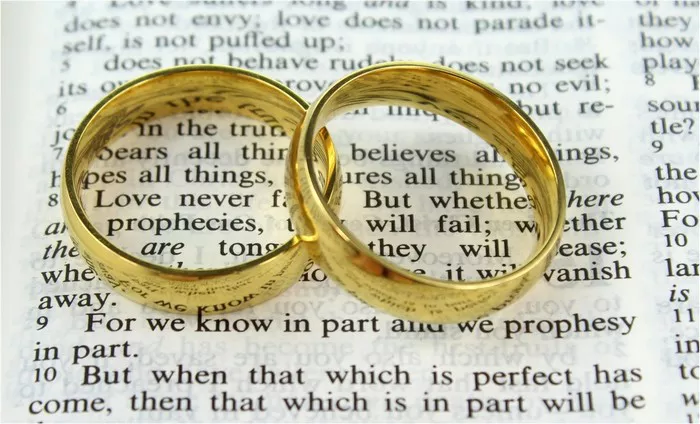Traditional goldsmithing is colliding with cutting-edge technology as 3D printing transforms how gold rings are designed and produced. The global market for 3D-printed jewelry, valued at $1.2 billion in 2024, is growing at 23% annually—with gold rings leading the charge. This revolution allows for intricate designs impossible to craft by hand while slashing production time from weeks to hours.
The process begins with CAD software where customers can manipulate every element of their ring—from microscopic texture patterns to structural geometries that play with light in unprecedented ways. Once finalized, the design goes to industrial-grade printers that use wax or resin molds, later filled with molten gold through lost-wax casting. The most advanced systems, like HP’s Metal Jet, can now print directly in 18k gold powder, layer by microscopic layer.
This technology has birthed astonishing innovations. London-based designer Silvia Furmanovich creates rings with moving parts—tiny gold gears that rotate smoothly around the band. In Japan, Studio Ghibli collaborates with jewelers to produce rings with impossibly delicate gold filigrees resembling animated dreamscapes. Even more practically, 3D printing enables perfect sizing—customers can get scanned at local kiosks and receive mail-order rings that fit flawlessly.
The implications extend beyond aesthetics. Digital manufacturing reduces gold waste by up to 90% compared to traditional methods—a sustainability boon. It’s also democratizing high jewelry; independent designers can now produce small batches without massive capital, while consumers can afford custom pieces at near off-the-rack prices. Some predict the next evolution will be home gold printing—desktop systems already exist for silver, with gold-capable models expected by 2026.
Yet traditionalists argue something intangible is lost when machines replace hand craftsmanship. In response, hybrid approaches are emerging—like Barcelona’s AOO Studio where 3D-printed gold skeletons are hand-finished by master jewelers. This marriage of old and new may define gold ring production’s future: limitless digital possibilities tempered by human artistry.


